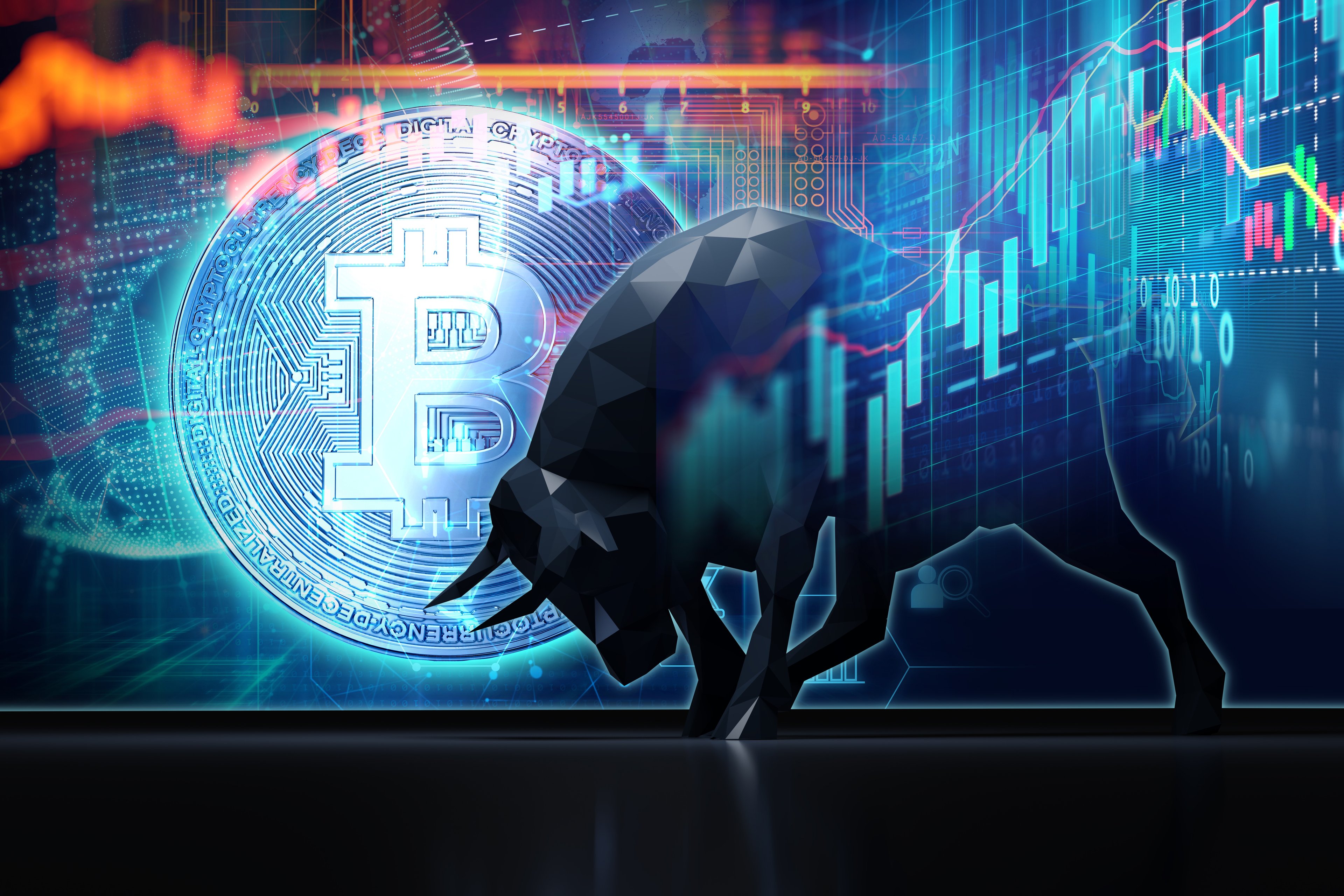Five years is enough time for an investment thesis to play out, and it's also long enough for a timely investment in the right cryptocurrency to beef up your portfolio's value by quite a bit. Can a utility coin like XRP (XRP 1.30%) quintuple by 2030, turning a hearty $10,000 stake, accumulated over time, into $50,000?
Sure, big growth like that is always a longer shot. But in this case, it isn't a fantasy. The network is seeking to become the plumbing beneath global payments just as aggressively as credit card companies once chased point-of-sale rails, and real money is already flowing onto the chain. The catch is that for those who buy today to capture a meaty windfall, several dominoes must fall exactly the right way. So let's analyze the situation here.
Why the chances look better than they did a year ago
At around $2.19 on July 1, XRP's price sits well below its 2021 peak of $3.84, so the hurdle to a fivefold move is a lot lower than it might seem at first for a few reasons.
First, its utility is no longer theoretical, and its users are no longer hypothetical people who are slated to arrive at some point in the future.
Ripple, the business that issues XRP, is hard at work building out the chain and making sure that the right people use its features. The chain's native stablecoin is now clearing $10 billion in daily volume, up from less than $300 million in February.
In case you aren't familiar, a stablecoin is a crypto token whose price is pegged to a fiat currency like the dollar, so surging velocity on this front signals that at least some institutional investors are comfortable parking real dollars on XRP's network for the purpose of moving money cheaply and practically instantly.
Another factor in XRP's favor is that the chain was built for regulatory compliance -- exactly what bankers demand from their fintech -- from day one. Features like on-demand account freezes and mandatory trustlines let asset issuers meet know-your-customer (KYC) rules and money-laundering preventives without bolting on extra software, making for a design that banks appreciate.

Image source: Getty Images.
Third, a huge population of blockchain developers now have an on-ramp to XRP's ecosystem, which they didn't before.
The ledger's sidechain, which is compatible with the Ethereum Virtual Machine (EVM) and lets the blockchain handle smart contracts and decentralized apps, just launched in late June. Since Ethereum's smart-contract language, called Solidity, is the dominant smart contract system in crypto, it's the most widely used and widely known among application developers.
So now, Solidity programmers can deploy familiar code on XRP, thereby letting asset managers reuse any of their existing Ethereum tooling while enjoying lower fees and faster settlement -- not to mention dramatically easier regulatory compliance tooling than what Ethereum itself provides.
Lastly, liquidity is increasing. The chain's average daily spot volume was $3.2 billion in the first quarter of 2025, roughly triple the level seen two years ago. More liquidity makes it logistically easier for institutional desks to move capital in size, which is a prerequisite for securing and retaining big inflows to the chain.
What still has to go right (and what could go wrong)
XRP's road to faster growth could still be blocked. Regulation is the big swing factor.
Ripple and the U.S. Securities and Exchange Commission (SEC) appear poised to drop their mutual appeals, edging closer to a final resolution of a saga that started in 2020. Yet a judge just rejected their most recent settlement proposal, reminding investors that legal risk is not dead. If the court imposes onerous terms or hands the SEC a fresh opening, institutional enthusiasm could cool fast.
Next up is execution of the chain's new technology strategy. The EVM sidechain must attract real projects sponsored by holders of institutional capital, not just hobbyists.
Without new apps generating real value, there is no reason for asset managers to pivot from other chains. Likewise, Ripple's stablecoin needs to keep scaling up even under any forthcoming stablecoin legislation.
Furthermore, competition is fierce. Ethereum remains the default venue for decentralized finance (DeFi) and asset management. Should rivals layer in bank-friendly compliance tooling, XRP's moat will narrow.
Assuming regulatory conditions continue to be favorable, along with continued stablecoin momentum and moderate sidechain uptake, a fivefold move implies a 38% compound annual growth rate between now and 2030. That is aggressive, but not impossible for a network whose market cap is still a fraction of the leading legacy payment-processing companies.
But don't count on the fivefold gain here; XRP is still a good investment for the foreseeable future even if it doesn't pass that arbitrary (and high) bar. Just accept that the chain's setup is bullish, and that buying and holding it over the long term is likely to yield favorable results.







